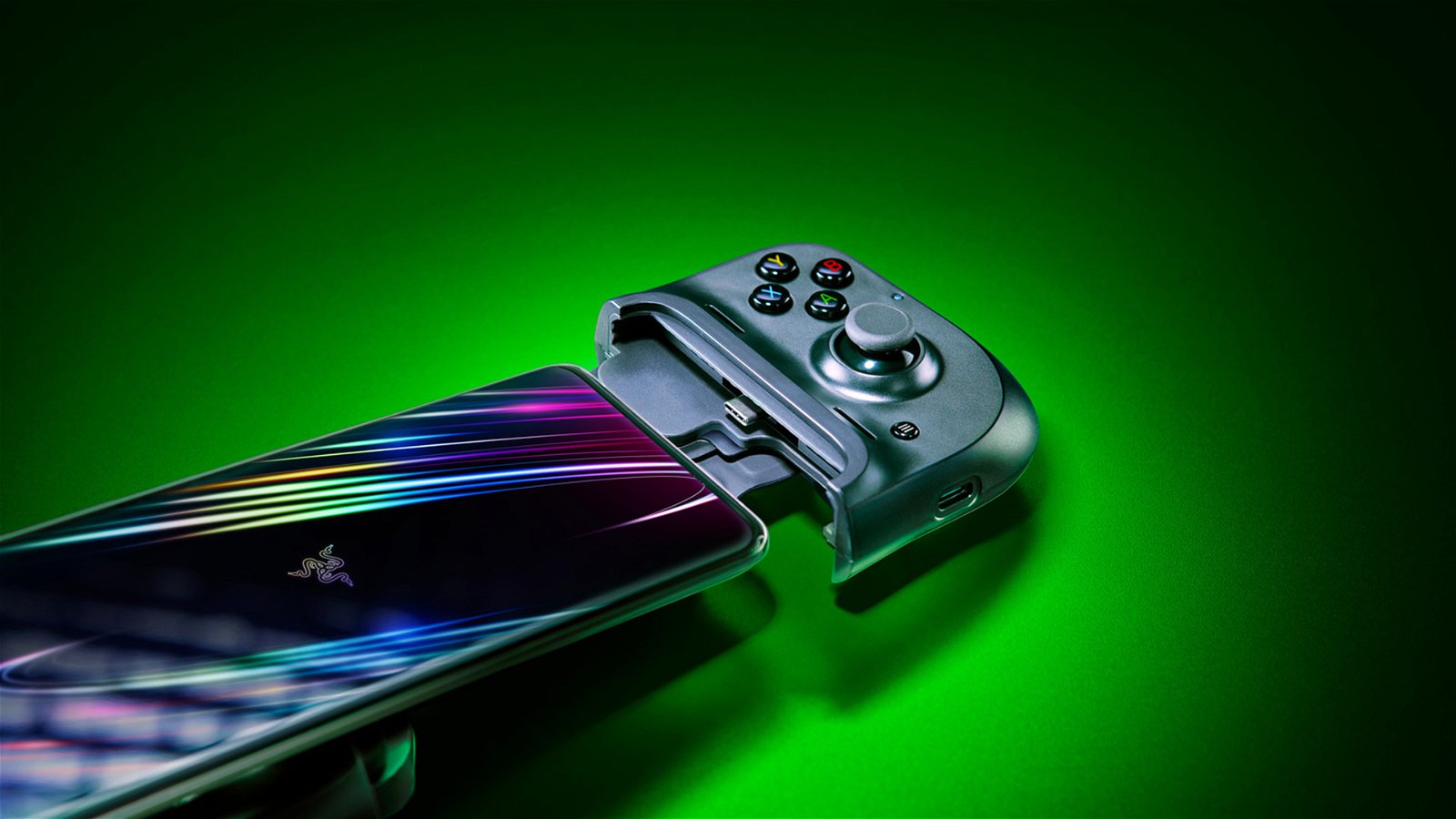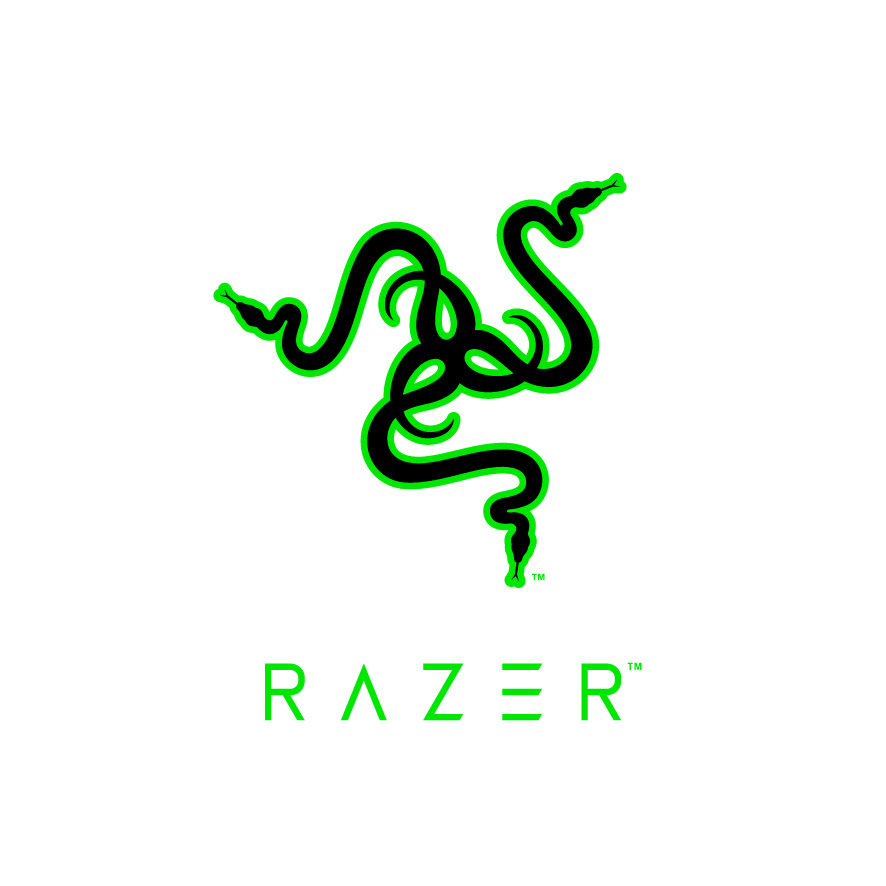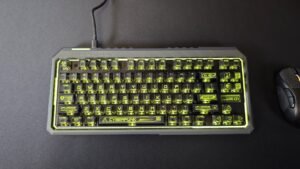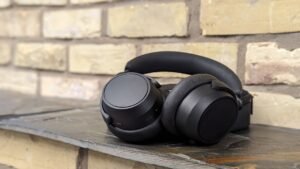With xCloud now out on the market, having an accessory that can take full advantage of the service while on the go is fantastic. Yes, all controllers that have Bluetooth work, but sometimes you want to travel light and this is where the Razer Kishi comes into play. We have looked at the original release of this controller, but now Razer has a new version built with xCloud in mind known as the Xbox edition, and while not a major change, does make it a tailor made choice for anyone wanting to put serious time into Microsoft’s new game streaming service.
The new Razer’s Kishi is a simple solution to a complex problem. The little controller opens up to allow for most modern smartphones to be slotted into the device, with the USB-C connecting on one end and the controllers snugly fitting over the phone in a Nintendo Switch like configuration. If your phone fits, it is as plug and play as you can get, with most phones tested just reading the device and giving it as the default option in games that support it.
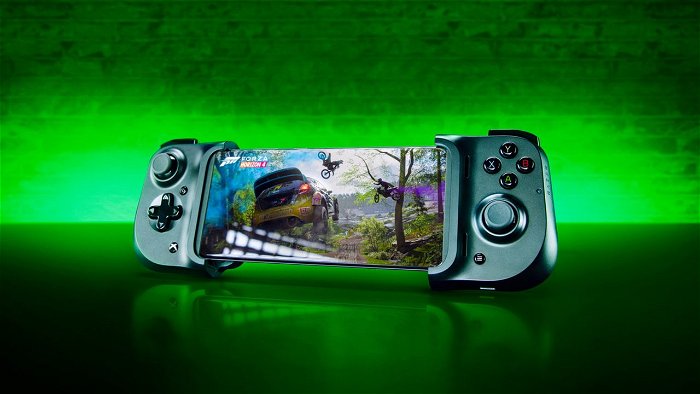
The Xbox edition Kishi features an all-black colour scheme and is almost identical no matter which version of the Kishi you buy. However, there are some notable changes this time around to ensure it feels at home playing Xbox games on the go.
Featuring clickable twin thumb sticks and D-pad, the Kishi Xbox edition has four face buttons (A, B, X, Y) and three custom Xbox buttons that mirror a regular Xbox One or Xbox Series X controller with buttons dedicated to Xbox Nexus, View, and Menu buttons. Granted you can access all these features on a standard Kishi, but the Xbox Edition makes these more intuitive and overall a more comfortable experience.
The Kishi supports both current Razer Phones, the Google Pixel 2 and newer lineup, Samsung’s Galaxy S8 and newer (excluding the S20 Ultra due to height), and the Samsung Galaxy Note 8 and newer, along with a selection of others provided they physically fit. Realistically, if your phone can fit into the vice, and the USB-C lines up, and it is on at least Android 8 Oreo, the Kishi will work. Razer is also has an iPhone version of the Kishi launching later this fall.
At $99 USD the Kishi Xbox Edition is positioned as a premium accessory for your smartphone and is tailor made for people that want to enjoy xCloud. This is $20 more than the standard Kishi, and while the changes are minor, it made for an overall smoother xCloud experience. It felt like a truly integrated part of the streaming service, with little transition needed when jumping between a native controller and the Kishi.
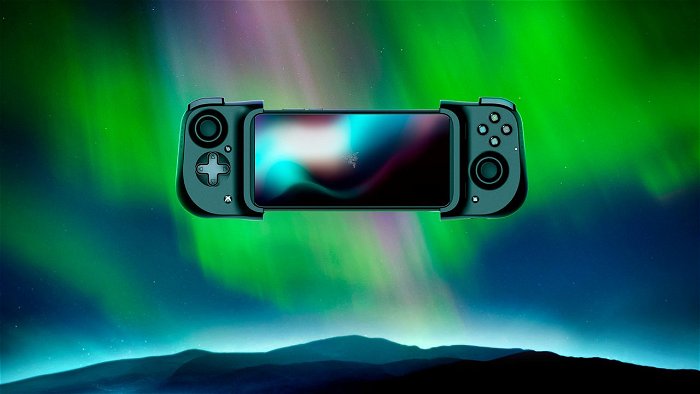
The Kishi is truly plug-and-play, once you connect the device to your phone, it just works. There is no hassle with pairing the Bluetooth, or stress about latency that could get in the way of your next PUBG win. The fact it is USB-C also means there is no worry about a separate battery while on a road trip, and the USB-C pass-through means you can keep it, and your phone charged during an extra-long gaming session. Combine that with a controller that just feels comfortable to hold and use and Razer has managed to make mobile gaming easier than ever before.
With the convenience does come issue though, as is always the case. With your phone in the
Kishi you sadly won’t be able to use USB-C headphones, as the pass-through does not allow audio, and with any 3.5 mm headphone jack being blocked due to the nature of the accessory, you will be stuck with Bluetooth headphones or the speakers on the smartphone. This brings the next issue for the Kishi, with the phone being blocked by the device on both the bottom and the top, anything phone that relies on bottom-firing speakers will sound muffled while in the Kishi. Now granted, many phones are moving towards a front-firing solution, but with many phones that are compatible with the Kishi still stuck with speakers on the bottom, this is a thing worth noting.
To top this all off, the Kishi will put a drain on your phone’s battery, and this is true even when not playing games. Since the device uses the smartphone’s battery for power, you will see a steady loss unless you plug it in. Thankfully the USB-C passthrough is easy to use and throughout testing never got in the way of a good gaming session, should my phone start to look a little low.

Even with all these minor issues, the controller still feels great, and that is what matters most. Granted, I still prefer a first-party Xbox One controller for most of my gaming, but the Kishi comes close. The sticks feel good, if not a bit less accurate then that seen on either the Xbox One or PS4. The buttons feel as good, if not better to me than what you can find on the Nintendo Switch, but not quite at the level of other first-party options. It was easy to get used to and I found myself using the Kishi comfortably after around 10 minutes of getting used to the arrangement.
Compared to the other solutions made specifically for the smartphone audience, the Kishi is far and away the best choice on the market, and the only one built for xCloud specifically. It is comfortable for longer gameplay sessions, it was easy to use, and most games tested just worked out of the box, with no fussing with settings menus or losing connection due to dropping Bluetooth signal.
Costing $20 more than the standard Kishi, the Xbox Edition feels like an accessory made for people that want to enjoy Xbox games on the go. It is a seamless experience where everything just works provided you have a phone that can fit. While spending the extra does not make for a game-changing experience, overall having everything that just works was a welcome touch. If you are looking to experience xCloud and want a controller tailored to your enjoyment, there is no better portable option than the Razer Kishi Xbox Edition.
